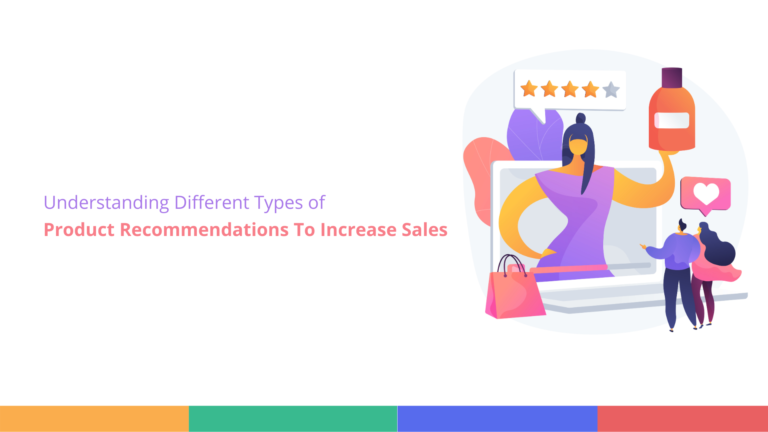Selling your products internationally sounds exciting—and it is. More customers, bigger markets, and new ways to grow your brand. But if you’ve ever tried selling on Amazon UK while also managing eBay in Canada, you know how quickly things can go from exciting to exhausting.
Taxes, shipping, inventory, pricing, currency—it piles up fast. If you’re trying to manage it all with a few spreadsheets and some wishful thinking, chances are you’ve already hit a wall.
But going global doesn’t have to mean going crazy. With the right systems and a few lessons learned (sometimes the hard way), cross-border selling can feel smooth—even fun. This guide is built from real experience, and it’s here to help you avoid the most common mistakes.
The Real Cross-Border Challenges for Small Sellers
Let me tell you a quick story.
When I first started selling in the UK and Germany, I was running a pretty lean operation. I had my store, my products, and a bit of momentum. But the moment I went international, things spun out of control. My software didn’t track inventory across sites, so I ended up selling products that were already out of stock. I also couldn’t see how much money I was actually making—everything was in different currencies, and I didn’t have a good way to compare or track it all.
I thought I was scaling. In reality, I was scrambling.
And I wasn’t alone. Most small sellers face the same struggles:
- Inventory mayhem – You’ve got the same product listed on Amazon US and eBay UK. Orders come in from both… but you only had four units left. Now you’re oversold, and you’ve got some damage control to do.
- Pricing pain – You want to stay competitive, but guessing a price based on today’s exchange rate doesn’t cut it. Fees, shipping costs, and local market expectations make it even trickier.
- Marketplace madness – Each site has its own rules, dashboards, and emails. Without a central view, you’re reacting instead of running the show.
- Angry customers – Shipping delays from customs? It’s still your fault, in the eyes of the buyer. Returns from another country? That’s not a process—it’s a mess.
If any of this sounds familiar, the good news is you’re not alone—and you’re not stuck.
A Practical Cross-Border Selling Checklist
Ready to go global the smart way? Here’s a simple checklist you can use to clean up your international game of cross-border selling— based on real lessons from real sellers.
✅ Inventory Management
- Keep inventory separate by country if you can. This helps avoid selling stock you don’t actually have.
- Use tools to sync inventory across marketplaces automatically. Manual tracking won’t scale.
- Watch out for FBA inventory lag—sometimes there’s a delay before it shows as “in stock” on different platforms.
✅ Pricing & Currency
- Know your full costs in each region. That includes shipping, platform fees, taxes, and currency conversion.
- Don’t just convert prices—think like a local shopper. A £20 item might seem fine in the UK but weirdly priced in Germany.
- Track your sales by currency so you know where the money’s coming from (and if it’s worth it).
💡 Pro tip: Even though SalesOperator doesn’t set prices for you, it does show you sales and revenue in local currencies and your home currency—so you can make better pricing decisions based on real data.
✅ Marketplace Presence & Fulfillment
- Pick your platforms wisely. Amazon, eBay, and Walmart all have different country-specific sites—don’t spread yourself too thin.
- If you can, use FBA or a fulfillment partner. You’ll save hours on packing, shipping, and handling customs.
- Always be clear about delivery times, especially for cross-border shipments. Set expectations up front.
✅ Customer Experience
- Make listings feel local—use correct currency symbols, metric units, and localized descriptions.
- Offer common payment methods for each market. Buyers in Germany don’t always use credit cards.
- Be honest about possible customs delays or extra fees—even if it’s out of your hands, it’s your responsibility to communicate it.
How SalesOperator Supports Your Cross-Border Selling Journey
SalesOperator was built for small sellers trying to manage international sales—without needing to become a full-time operations manager.
We’re not here to handle customs or taxes. But we do help you keep a tight grip on the stuff that causes the biggest headaches: inventory, orders, and visibility.
Here’s what SalesOperator does:
- Multi-Country Inventory Tracking
- Track inventory centrally or by country. See what’s in stock and where it is—across all your marketplaces.
- Marketplace Integration
- Manage orders from Amazon, eBay, and (soon) more marketplaces, all in one place.
- We even create shipping labels and forward fulfillment orders to FBA—tracking numbers included.
- Currency Conversion in Analytics
- See your sales in local currencies and converted to your home base. That way, you actually know what you’re making—and where to double down.
Why This Matters
You don’t need another spreadsheet or a confusing dashboard that doesn’t talk to the rest of your systems. You need clarity. SalesOperator gives you the full picture, so you’re not stuck wondering what sold, where it went, or what it’s worth. It’s made by ex-sellers, for sellers. We’ve been in your shoes, and we built the tool we wish we had back then.
A Small Seller Success Story
Back when I was selling RC helicopter accessories internationally, I listed on Amazon UK and eBay Germany. Sales were picking up—but the problems showed up just as fast. I kept selling items that were already out of stock in one country or another. Customers were frustrated. I had to refund orders I thought I could fulfill.
Worse, I couldn’t tell how well I was doing. My revenue came in pounds and euros, but my reports were a mess. I had no real view of what I’d earned—or lost.
That experience led me to build SalesOperator.
After putting the right systems in place—inventory synced, orders tracked, currencies converted—I stopped scrambling and started running a real business. Cancellations dropped. Customers were happier. I could finally breathe.
Conclusion
Cross-Border Selling (Selling internationally) is a huge opportunity. But it comes with new challenges—ones that can trip you up if you’re not prepared.
If you’re serious about growing your business across borders, start by getting your inventory, shipping, and reporting under control. Use tools that help you see the big picture without adding more work.
Ready to simplify your cross-border selling?
Try SalesOperator and get the control you need to grow globally—without the chaos.




